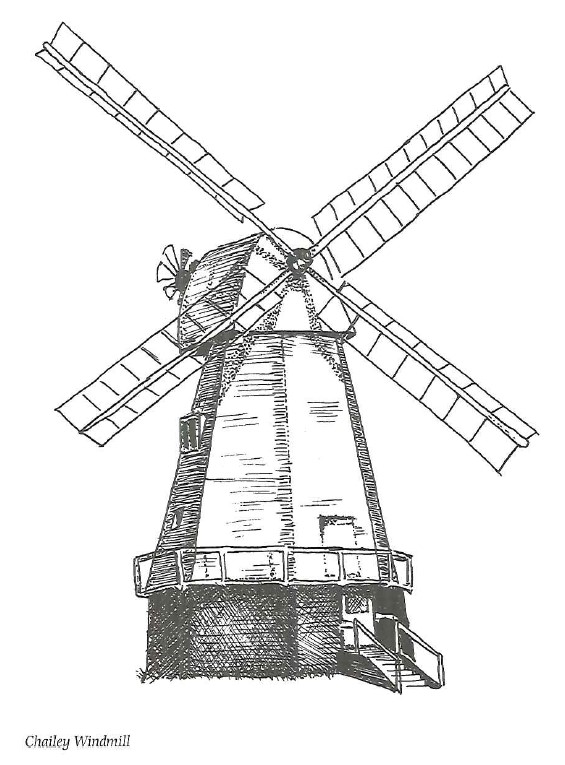There are happenings both bizarre and eerie connected with the village churchyard of Frant. Eighteen-year-old John Havey was killed in 1818 when he was hit by a stone falling from the church tower. The fatal lump of masonry was used as the footstone to his grave.
Forty years later, when Sir Henry Thompson was rector, the church underwent extensive alterations including enlarging the chancel which meant the removal of tombstones belonging to the Budgen family. One of the graves was that of a young
woman who died on her wedding day and was buried in her bridal gown. There was said to be a curse affecting anyone who disturbed her resting place. In extending the chancel her coffin was accidentally broken. Sir Henry and two others present at the time all died within the year…
On the same theme, the yew tree which had stood in the churchyard for more than 250 years was blown down in a violent gale in 1928. Remarkably, no damage was caused to the tombstones in its fall.
From the lofty heights of Shernfold Park you can see Dover. This house was the retirement home of Colonel John By of the Royal Engineers, a Peninsular War veteran who went out to Canada to superintend the construction of canals. In 1826 he founded Bytown which has since developed into Ottawa. The fact that he had spawned one of Canada’s great cities was all in the future of course, but it seems a little harsh that at the time Colonel By was much criticised for overspending his canal budget. He retired to Frant to lick his wounds.
He was not the village’s only link with Canada. During the Second World War Canadian troops were billeted in the area and made themselves popular with the locals. So much so that when the war was over it was decided to dig oak saplings out of the woods near Bayham Abbey which were shipped across the
Atlantic to form part of the Canadian Air Force Memorial.
Stratford Canning, Lord Stratford de Redcliffe, was one of the great diplomats of the 19th century. His most notable achievements were as ambassador in Turkey where his status was almost that of a sovereign at a foreign court. He exercised his influence to effect internal reforms and safeguard the rights of Christians in Turkey. He had become so closely connected with Turkish policy that when he was nominated ambassador to Russia in 1833 the Tsar refused to receive him. Lord Stratford de Redcliffe built Frant Court in 1859 and lived there until his death at the age of 94 in 1880. He was buried in the churchyard.
Nearby is a monument to Captain Hans Busk, originator of the Territorial Army, who was born in 1816. As an undergraduate he impressed on Lord Melbourne the importance of rifle clubs and a volunteer army – which eventually became the Territorials.
The church organ was built at the end of the 19th century by Frenchman August Gern who settled in the village. The magnificence of his unique gift to his adoptive community only came to the attention of latter-day residents when it broke down on Christmas morning in 1966 and the grime was removed to see what had gone wrong. It was restored to its full glory by local fundraising.
A craftsman of a different kind was the sculptor Frank Rosier, whose wood carvings grace several Sussex churches and are, naturally, a prominent feature of Frant’s. The village was lucky to have him, and can thank its setting in the high country near the Kent border. Rosier, a consumptive, came to deputise for the post-master while he was away on holiday. He found the altitude and air so beneficial that instead of staying only a fortnight he stayed for the remaining 20 years of his life. Round the outside of his woodcarver’s shop he created an eyecatching frieze showing craftsmen at their work.
This was a great sporting community, though there are
many in these conservation-conscious times who would be horrified to know that otters in the local streams were a principal quarry of the huntsmen and that one family kept a pack of terriers for hunting badgers in the 1920s.
It is many years since the last ‘Fawn Supper’, when the Marquess of Abergavenny gave a fawn each year to be cooked for the employees on his estate as a Christmas feast.
